Don't ignore the unexpected places mould may be hiding in your home this winter
Of all the unexpected places mould may be hiding, there's one shocking place that might just turn your stomach
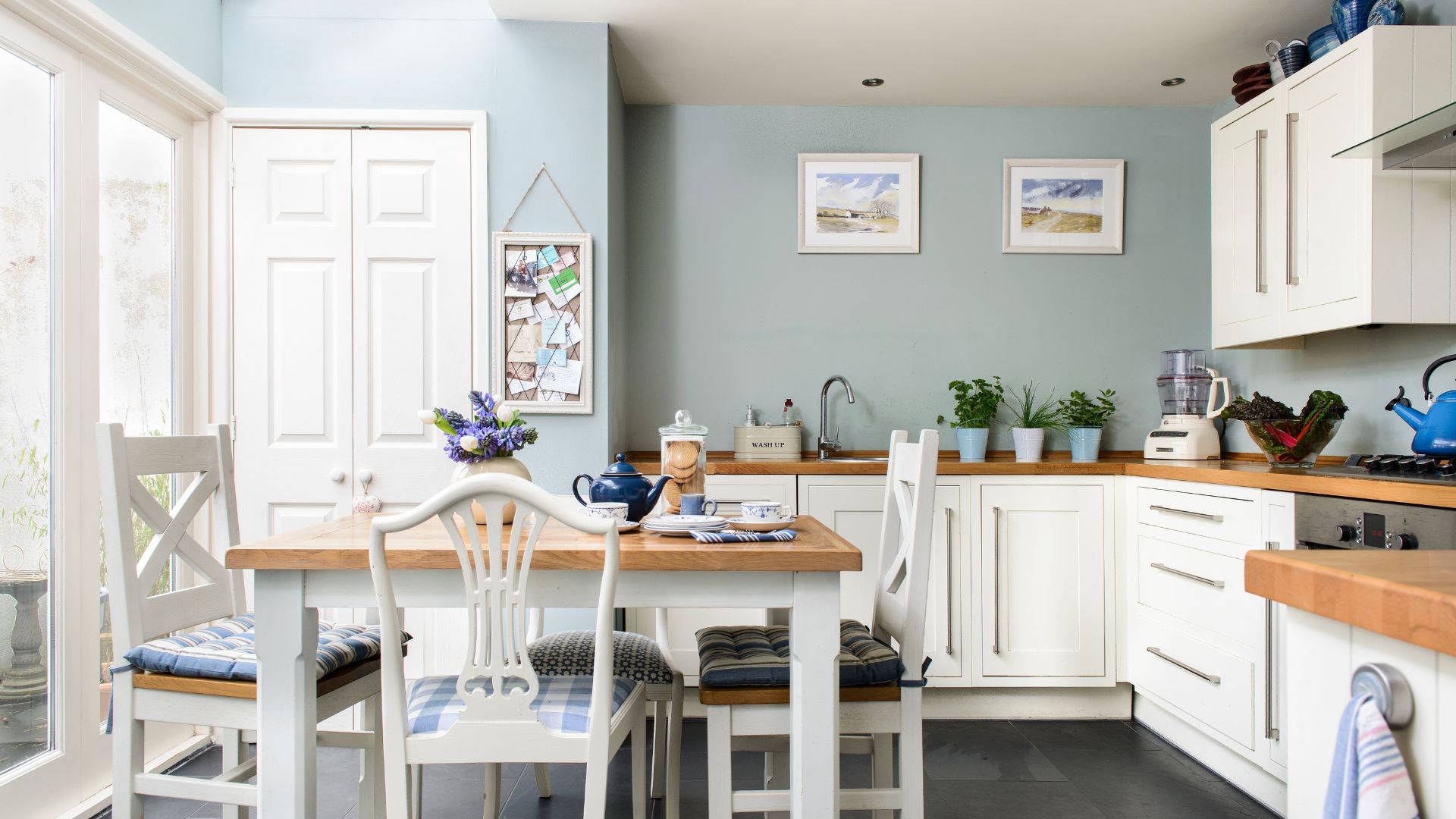

There’s no denying it, it’s mould season. Whether you consider yourself a cleaning expert or not, mould can still find its way into your home during winter. But what about the places you don’t expect to find it? What happens when it hides itself in the most unexpected and shocking of places?
Despite all your best efforts to reduce humidity in your house, being armed with one of the best dehumidifiers on the market to successfully keep excess moisture at bay, there are some hidden places where mould can still appear and affect you.
So whilst you’re looking out for unwelcomed mould patches on your walls and bathroom tiles, the mould may be growing in places where you least expect it – and it's these areas you need to be more aware of because it can go unnoticed for far longer.
5 unexpected places mould may be hiding in your home
So where are the unexpected places mould may be hiding? We spoke to water filtration experts and anti-mould enthusiasts Simon and Louise Allen about all the most common hiding spots for mould around the home.
1. Inside the kettle
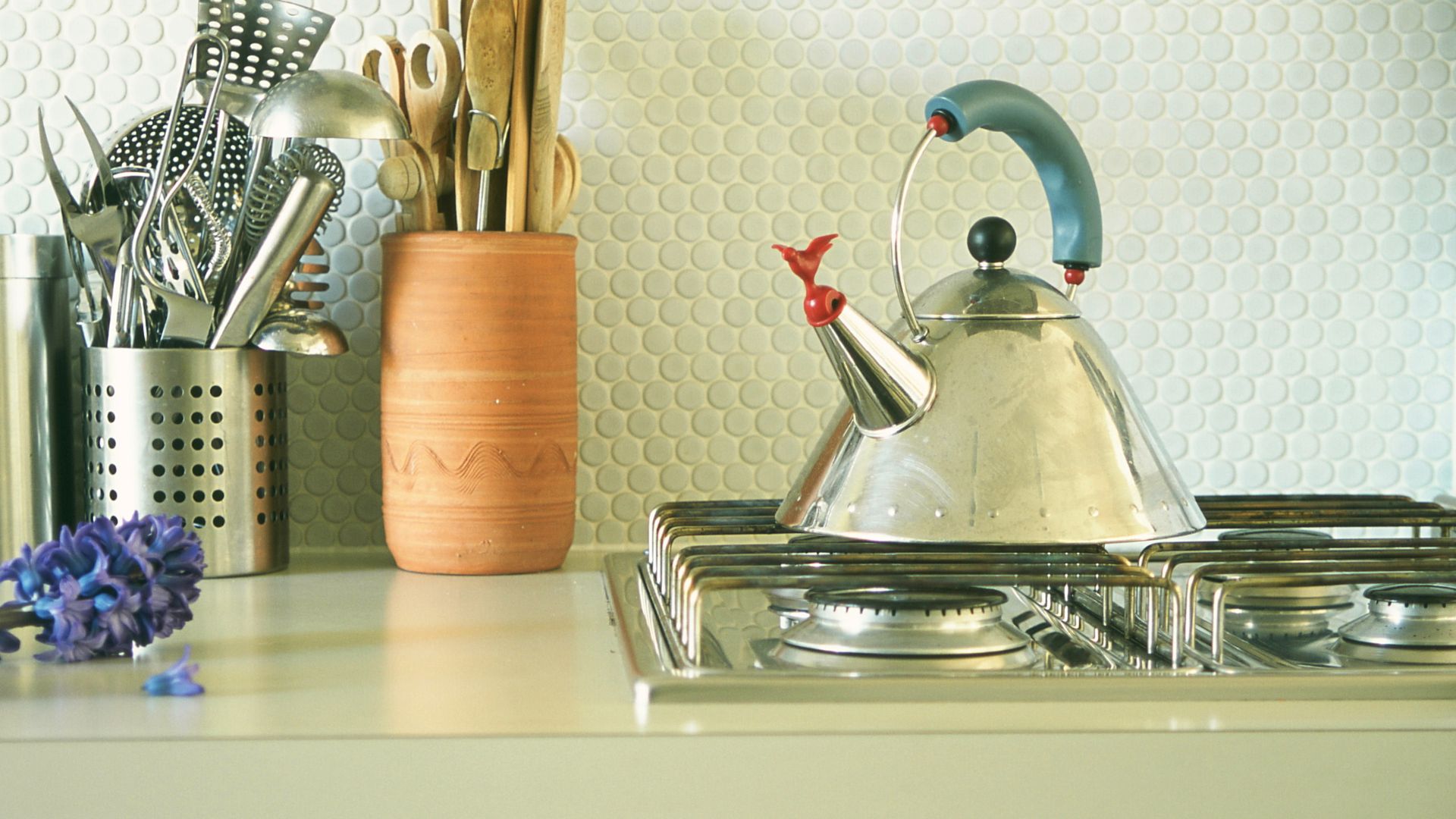
Perhaps one of the most horrifying places to find mould unexpectedly is inside kettles. It turns out kettles provide an ideal environment for mould and bacteria to grow in high volumes.
"The residual moisture left in the kettle after each use creates an environment conducive to mould growth," explains Louise and Simon, co-founders of Fountain Filters.
To avoid this Louise and Simon suggest filling your kettle with only the amount of water you need to use and making sure to promptly empty any leftover water when done. "This simple practice not only helps combat mould but also ensures a clean and safe appliance for your next cup of tea or coffee," they explain.
Sign up for the woman&home newsletter
Sign up to our free daily email for the latest royal and entertainment news, interesting opinion, expert advice on styling and beauty trends, and no-nonsense guides to the health and wellness questions you want answered.
If it's too late and you find a mould and limescale build-up in your kettle then there is a quick way to fix this with a handy white vinegar and water solution. Simply pour a solution of equal parts water and vinegar into the kettle and bring to a boil, leave for around 20 minutes and then rinse your kettle thoroughly with water afterwards.
Cleaning with vinegar is a chemical-free solution, perfect for cleaning and descaling your kettle.
2. Fridge shelves
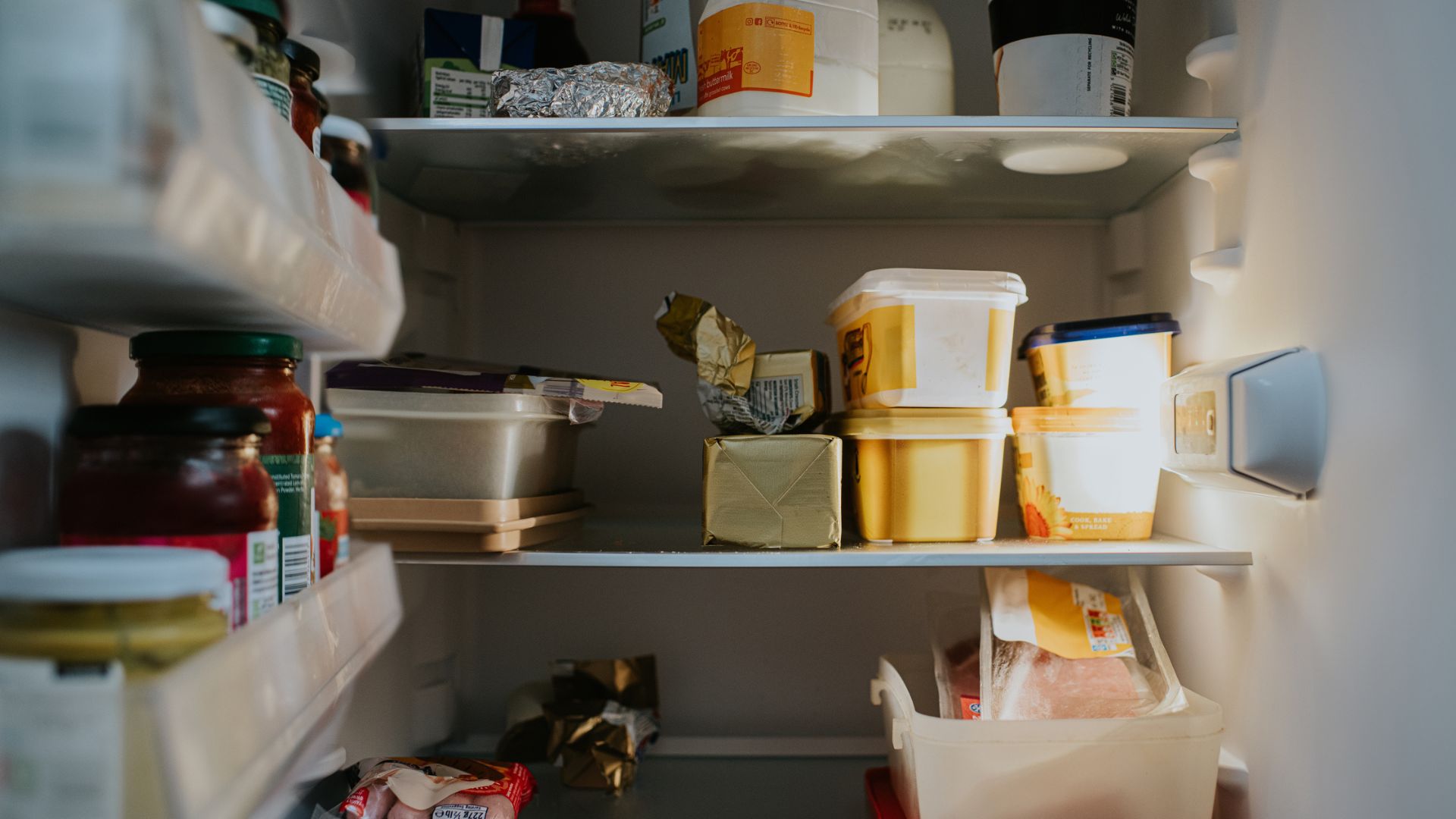
Despite the fridge being designed to stop our food from getting mouldy prematurely, mould can just as easily grow in colder temperatures too. Louise and Simon say, "Often overlooked, the seals and shelves inside the fridge can become a breeding ground for mould due to spills and moisture."
Knowing how to clean your fridge properly and doing it every week is a great start at avoiding mould build-up in your fridge. "You can combat this issue by regularly cleaning and disinfecting these areas, employing a mixture of water and mild washing-up liquid," Louise explains.
"This not only eliminates existing mould but also prevents the development of undesirable odours within the appliance." After all, a clean fridge is an easy way to make your kitchen smell good at all times.
Knowing how you should organise your fridge can make this process much easier and will help you keep on top of any expired food.

As the co-founders of the water filtration company, Fountain Filters, Louise and Simon pride themselves on their mould knowledge and more importantly their solutions to prevent it. Their over 13 years of experience in the filtration business has led them to be experts in water quality and innovative filtration solutions.
3. Washing machine seals
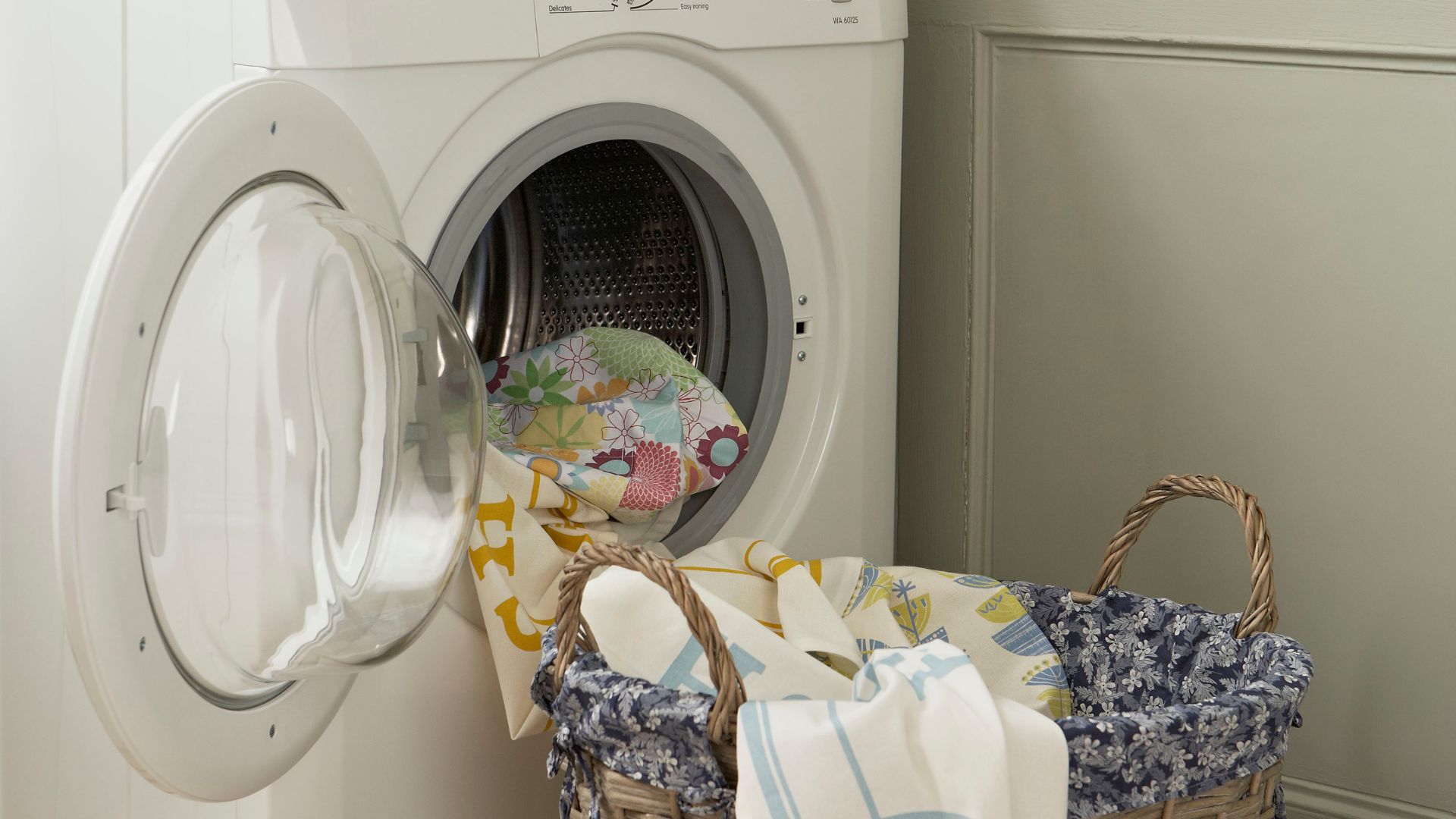
Perhaps one of the places in our homes that tend to solely associate with cleanliness, the washing machine is one of the worst appliances for gathering dirt and more seriously, mould.
Should you be in the know of all the expert cleaning hacks and have already mastered how to clean a washing machine to banish mould and odours then this may not be an issue for you. If you have however forgotten the last time you gave your machine a deep clean then Simon and Louise have the solution.
"Mould growth in the rubber door seal of front-loading washing machines is a common concern," they explain. "To fix this, regularly wipe down the door seal after each use, allowing for proper ventilation."
"You can also periodically run a cleaning cycle with vinegar which can be an effective solution to preventing the build-up of mould and ensuring a hygienic washing environment."
4. Window and door frames

Window and door frames are one spot in your home that you may skip when carrying out your weekly house cleaning chores, after all, who looks there? But it turns out that window frames and sills can be a hidden breeding ground for mould and bacteria.
Even with efforts to prevent condensation on windows, moisture can find its way into the nooks and crannies that you might miss when cleaning the windows. Simon and Louise recommend regular cleaning and inspection to prevent this growth from happening, so make sure to add windows and doors to the list the next time you're deep cleaning your house.
To clean the mould Simon suggests: "A simple mixture of equal parts water and white vinegar proves effective in tackling this issue." They recommend applying the solution to the affected areas using a clean cloth or sponge and paying special attention to the corners and crevices of the door or window frame you're working on.
They also stress the importance of maintaining proper ventilation to improve indoor air quality. You can do this by regularly opening windows and doors, allowing the surfaces to stay dry and mould-free.
5. Bathroom grout and sealant
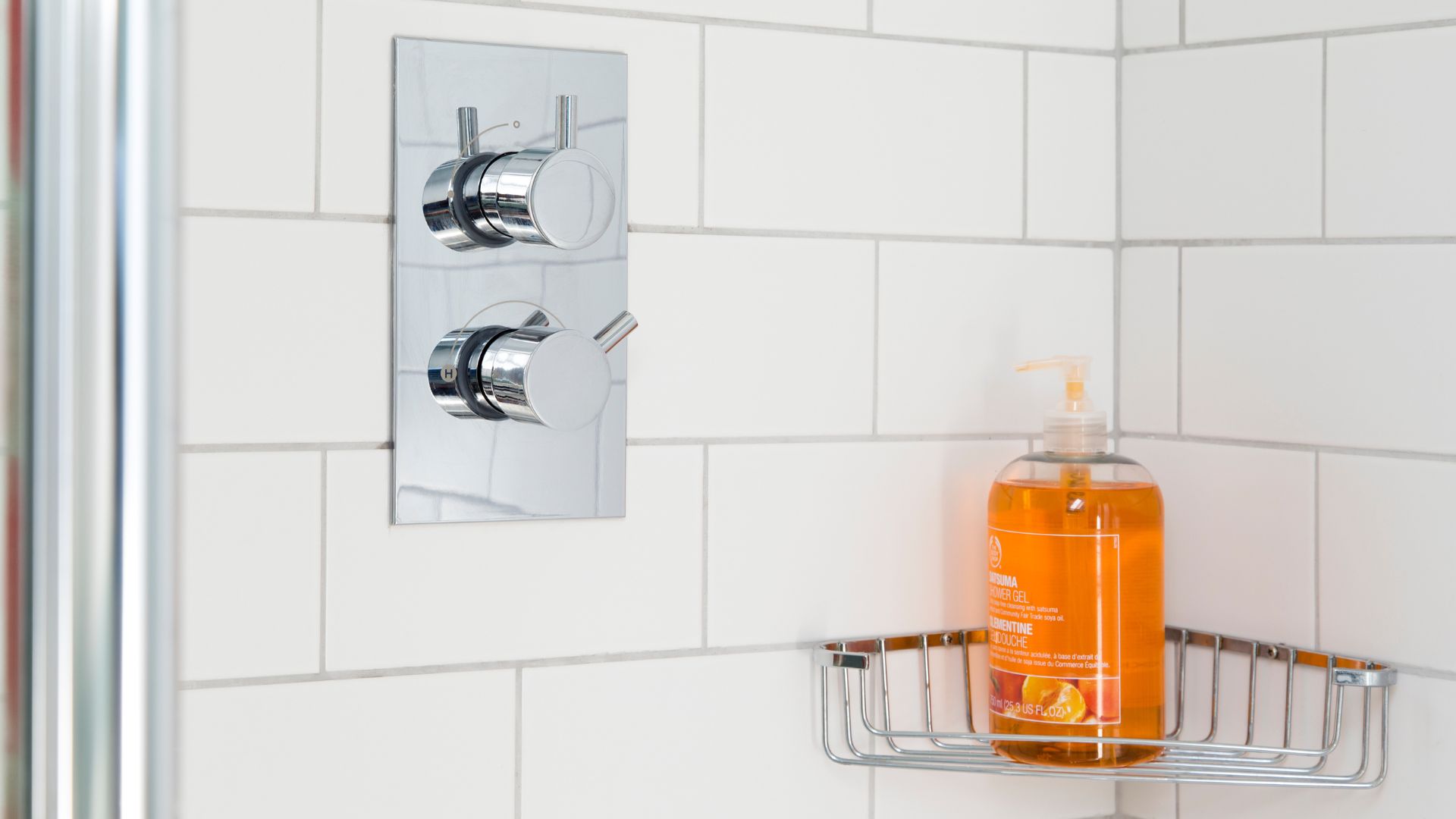
Another more predictable but equally as unwelcome hotspot for mould is the shower. Unfortunately, the grout and silicone seams in between bathroom tiles and fixtures are the perfect environment for growing mould as more often than not these spaces are consistently damp and warm. Explaining why cleaning grout is often more of a challenge than other areas of the bathroom.
"To combat this issue, you should regularly clean these areas with baking soda and vinegar," explains Louise. "To ensure this problem isn’t repeated you should make sure that there is adequate ventilation in your bathroom to prevent moisture accumulation, a common catalyst for mould development in our bathrooms."
Having the best dehumidifier for a bathroom can help massively with reducing moisture in your bathroom and make the next time you have to clean your bathroom all that easier.
Whilst common mould issues like the ones mentioned above can be easily fixed with various cleaning methods, some cases may be too serious to deal with yourself. If you've done all you can to prevent mould in your wardrobes, but still find yourself having to figure out how to clean mould off fabrics or can't stop the mould appearing on your walls then it's always a good idea to call in professionals.

Emily joined woman&home as a staff writer after finishing her MA in Magazine Journalism from City University in 2023. After writing various health and news content, she now specialises in lifestyle, covering unique cleaning hacks, gardening how-tos, and everything to help your houseplants thrive.
-
 Who says knee highs aren't for spring? Sienna Miller's trending tan boots rework everything you thought you knew about this season's footwear
Who says knee highs aren't for spring? Sienna Miller's trending tan boots rework everything you thought you knew about this season's footwearSienna Miller has shown that you can still get plenty of wear out of knee high boots this season styled in a different way.
By Emma Shacklock
-
 Confirmed: Sofia Vergara relies on this 'amazing' shampoo brand to keep her strands in tip-top condition
Confirmed: Sofia Vergara relies on this 'amazing' shampoo brand to keep her strands in tip-top conditionWave goodbye to damage and quickly fading colour, this lineup of shampoos is A-list approved
By Sennen Prickett
-
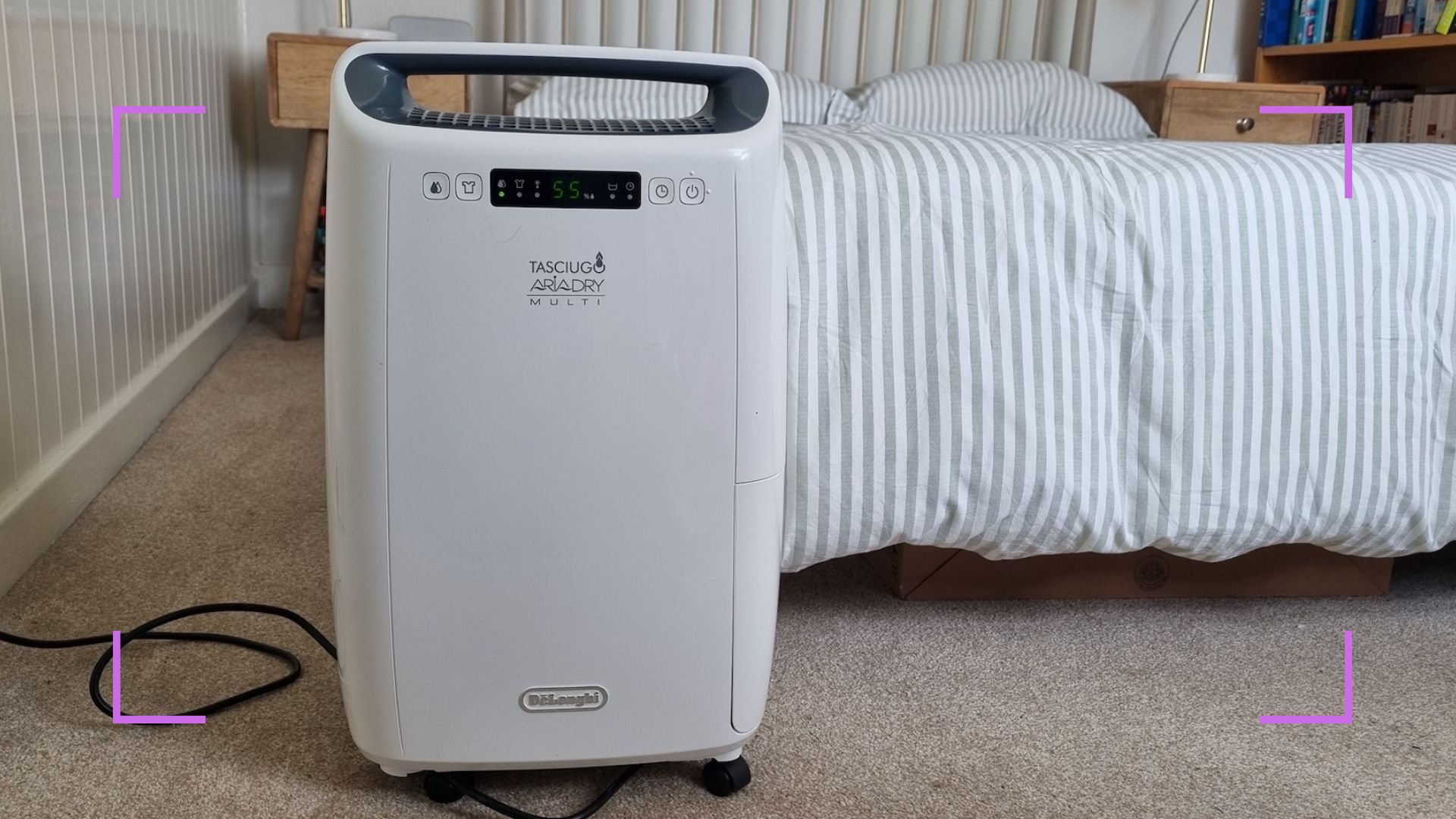 I tested the De'Longhi AriaDry dehumidifier and loved its style and all-round performance
I tested the De'Longhi AriaDry dehumidifier and loved its style and all-round performanceIt's a top pick if you want a quiet, powerful and stylish machine that's exceptional at drying laundry
By Amy Cutmore
-
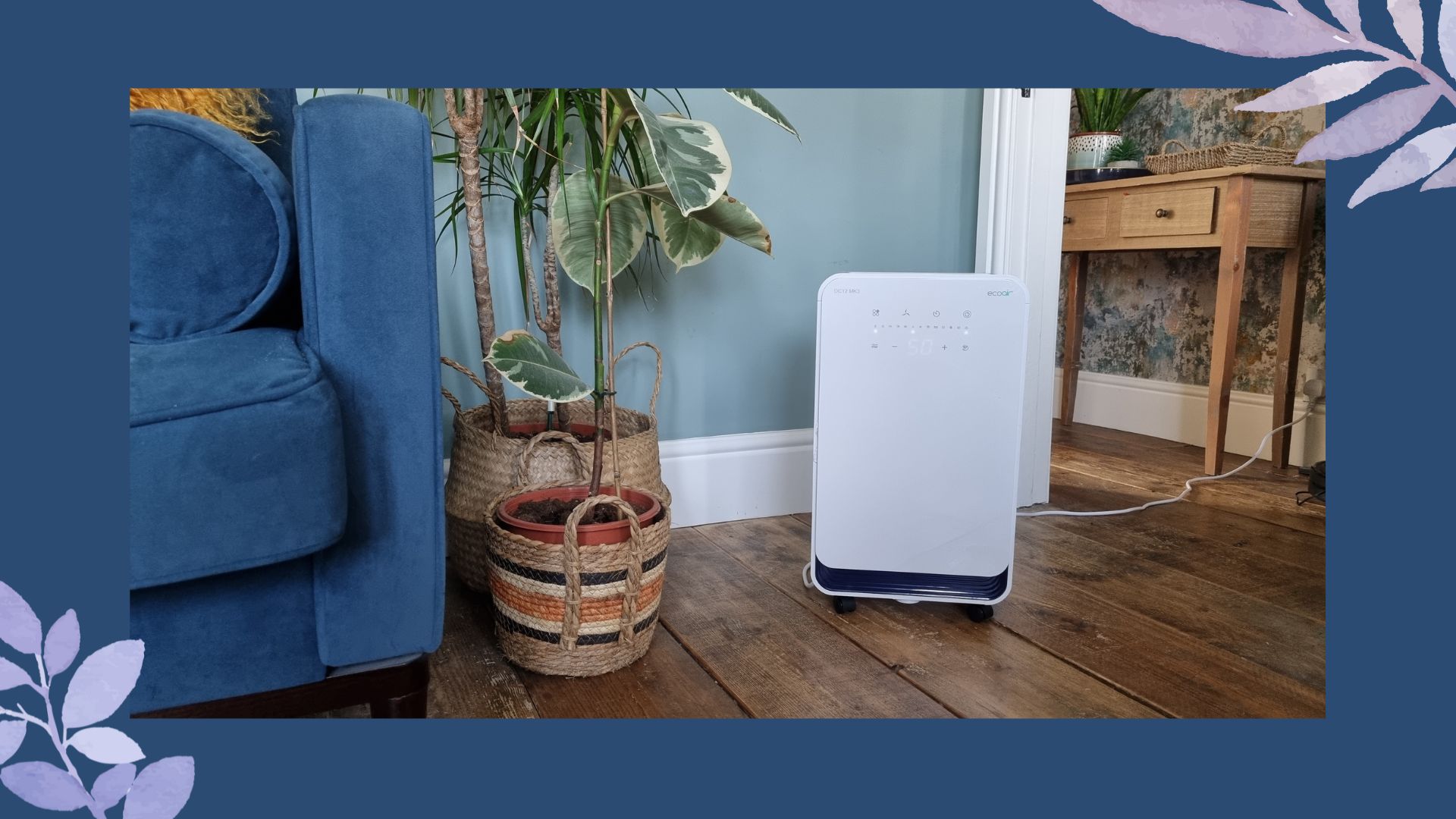 I put the EcoAir DC12 MK3 dehumidifier to the test – and found it's perfect for bedrooms
I put the EcoAir DC12 MK3 dehumidifier to the test – and found it's perfect for bedroomsThis quiet dehumidifier punches above its weight when it comes to performance and usability, and won't break the bank.
By Amy Cutmore
-
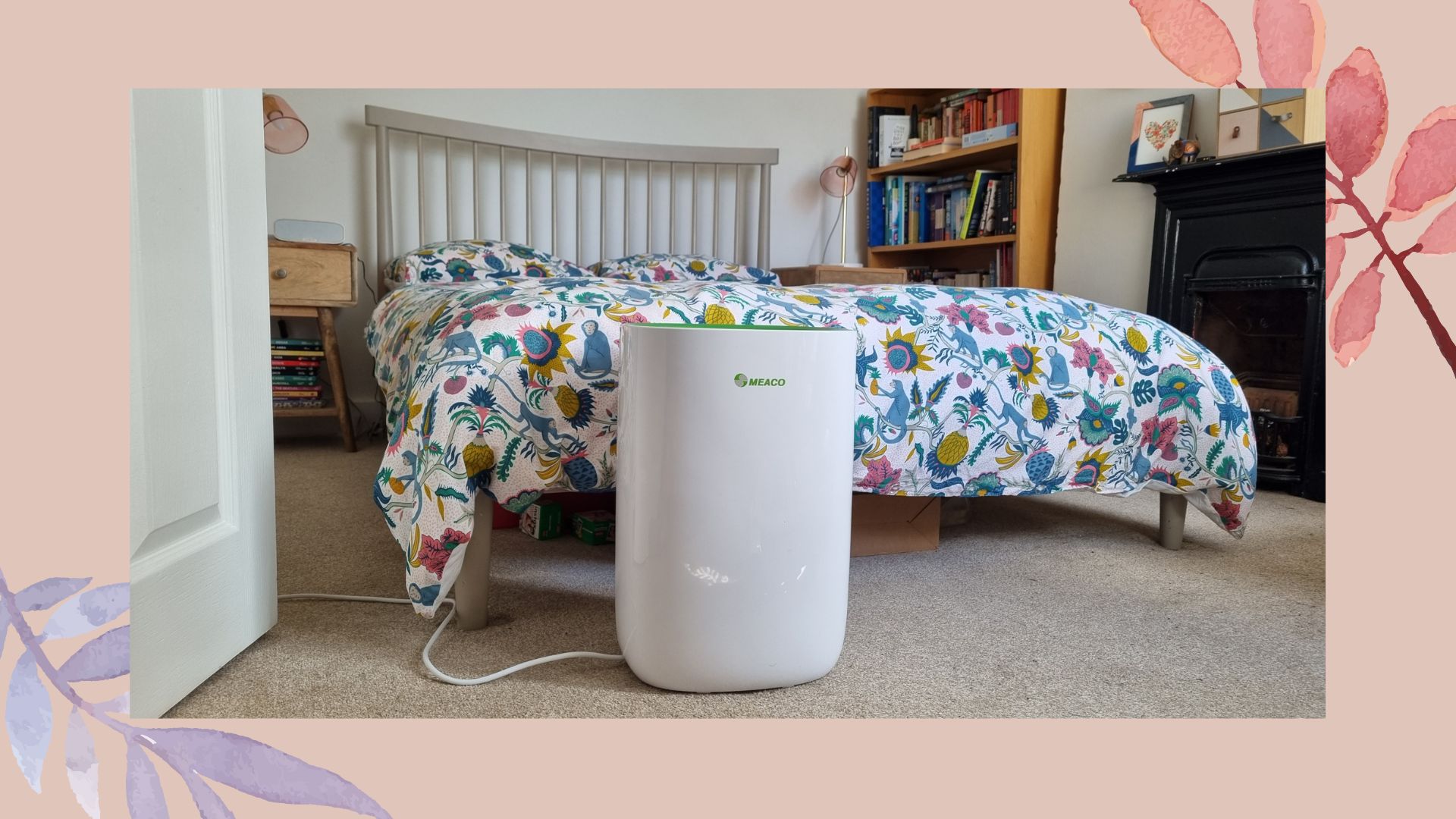 I tried the MeacoDry ABC 12L dehumidifier – its laundry drying is second to none, but it is noisy
I tried the MeacoDry ABC 12L dehumidifier – its laundry drying is second to none, but it is noisyThere's so much to love about this Meaco dehumidifier, but the pros and cons depend on your needs
By Amy Cutmore
-
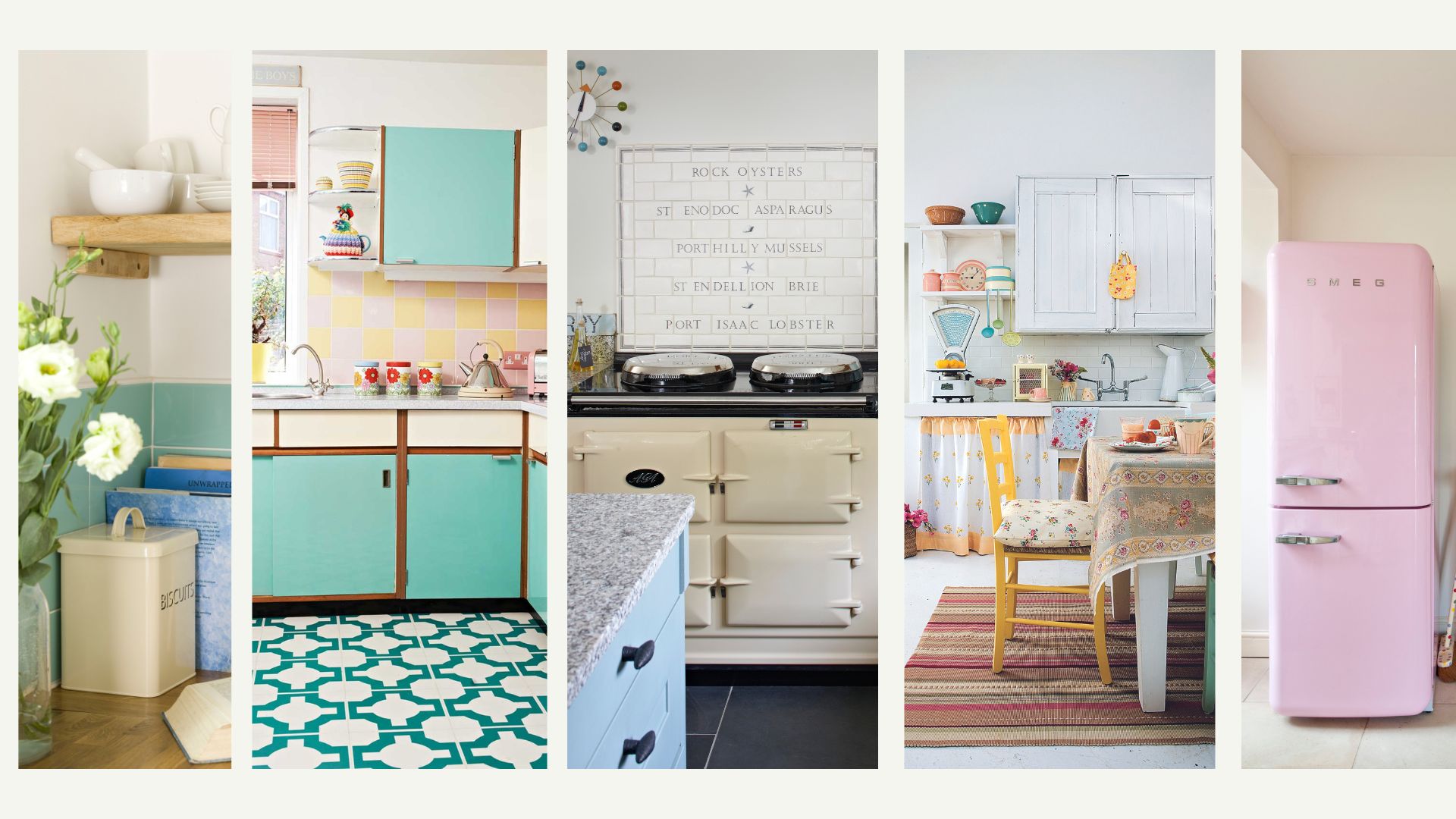 The new 'Kitschen' trend is taking over 'as people look to elevate retro style' reports a Pinterest expert
The new 'Kitschen' trend is taking over 'as people look to elevate retro style' reports a Pinterest expertStep aside minimalism, retro 'Kitschens' are the new interior trend on the block and it's all about the retro pastels
By Emily Smith
-
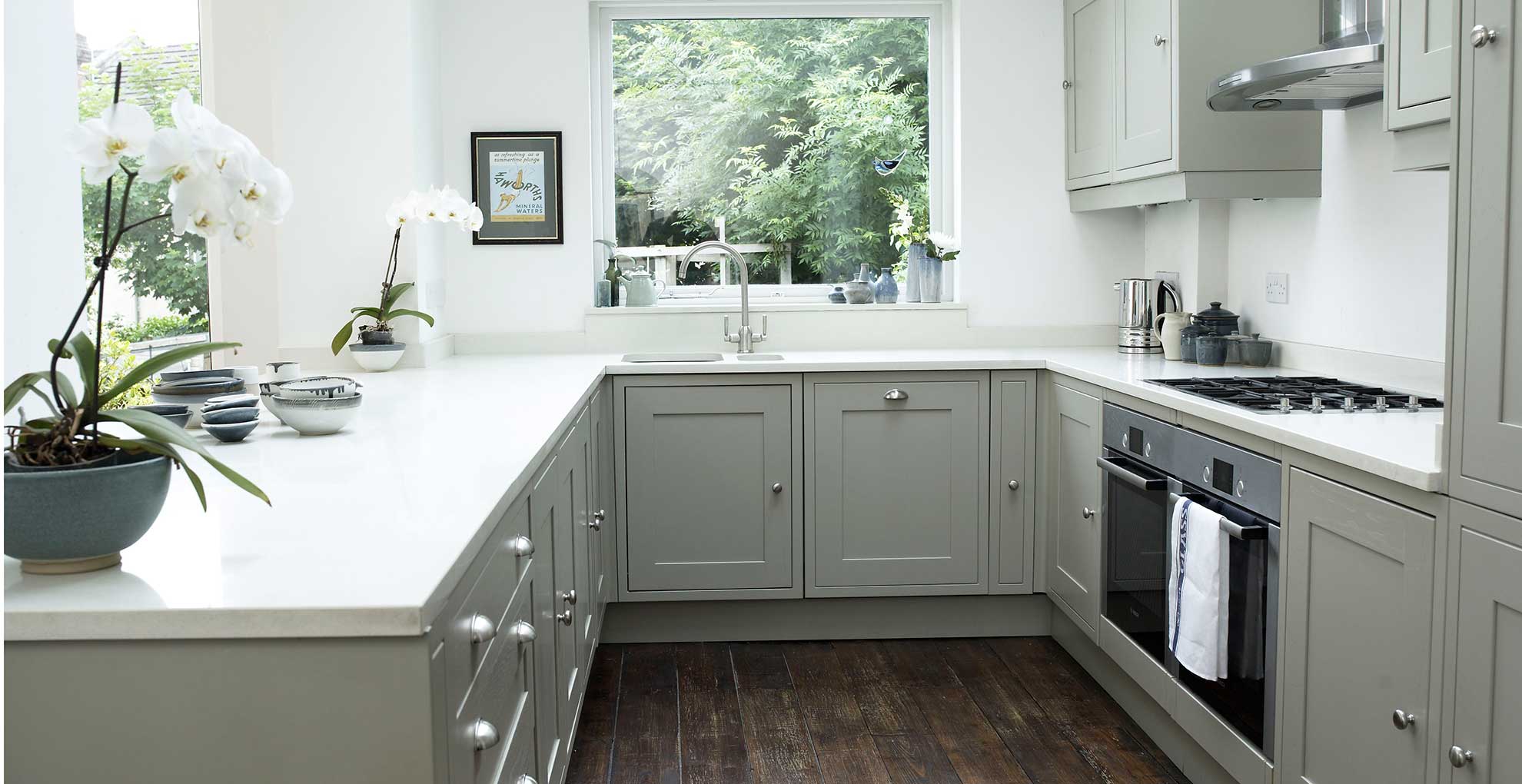 5 costly kitchen cleaning mistakes you could be making every day
5 costly kitchen cleaning mistakes you could be making every dayExperts have revealed 5 common kitchen mistakes you probably make every day that could be causing major damage in the long run
By Emily Smith
-
 The five 'curious' bathroom sounds you should never ignore, warn experts
The five 'curious' bathroom sounds you should never ignore, warn expertsProfessional plumbing experts reveal the five alarming bathroom sounds you should never ignore
By Emily Smith
-
 Stanley Tucci's new cookware collection by GreenPan is the epitome of 'quiet luxury'
Stanley Tucci's new cookware collection by GreenPan is the epitome of 'quiet luxury'Beloved actor Stanley Tucci is now an established celebrity chef and his stunning cookware collaboration with GreenPan just proves how much he loves to cook
By Emily Smith
-
 The fragrant houseplants you need to make your house smell good at all times
The fragrant houseplants you need to make your house smell good at all timesIf you're looking to keep your home smelling its best then you might want to pick up some of these ultra-fragrant plants
By Emily Smith